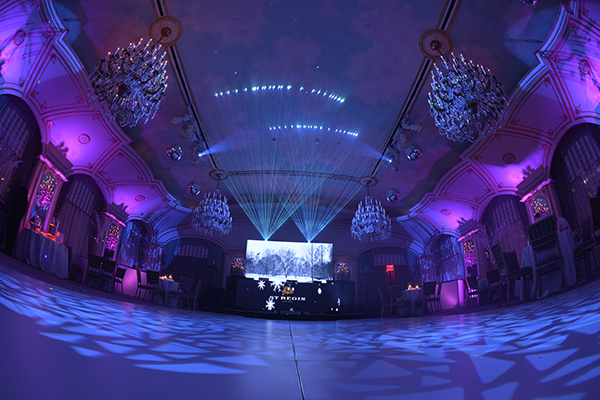Perfecting the Craft of Seamless Video Projection on Curved Surfaces for Stunning Graphic Experiences
Perfecting the Craft of Seamless Video Projection on Curved Surfaces for Stunning Graphic Experiences
Blog Article
Film mapping is an innovative technology that allows images and videos to be displayed onto surfaces, creating stunning visual encounters. When it comes to curved surfaces, perfecting this craft can be a bit more challenging than casting onto level surfaces. Curved areas can include anything from the facades of buildings to sculptures and even platforms. Grasping how to efficiently project footage onto these forms is crucial for creators, designers, and event planners who want to develop engaging environments that captivate audiences.
The initial step in footage projection on rounded areas is to understand the geometry of the surface. Curved areas can be intricate, with varying degrees of curvature. To achieve a smooth display, it is important to build a 3D model of the surface. This model helps in imagining how the footage will appear when cast. Applications tools are accessible that permit users to create these models and mimic the projection. By accurately mapping the measurements and shapes of the surface, designers can ensure that the video aligns perfectly without warping.
Once the 3D model is prepared, the next step is to edit the video material. This involves modifying the video to suit the particular form and dimensions of the rounded surface. It is essential to take into account the angles and viewpoints from which the viewers will observe the projection. The material should be designed to enhance the visual experience, making it engaging and relevant to the concept of truss systems for stage rigging the occasion or setup. Using high-quality graphics and animations can greatly enhance the total effect of the display.
After preparing the content, the real display procedure starts. This involves setting up the projectors at the appropriate positions and distances to ensure that the footage aligns with the 3D representation. Adjustment is a crucial part of this process. It may require adjusting the brightness, differentiation, and sharpness of the devices to obtain the optimal outcomes. Additionally, using several devices may be necessary to encompass larger or more intricate surfaces. This technique, known as seamless projection, helps create a seamless visual across the whole area.
Ultimately, testing the display is crucial before the final show. This enables creators to make any required modifications to the video and projector configurations. It is also an opportunity to see how the audience will perceive the projection from various perspectives. By ensuring that the footage mapping is flawless, designers can deliver a remarkable aesthetic encounter that leaves a memorable impression. Mastering video projection on rounded areas not only enhances creative expression but also opens up new opportunities for storytelling and viewer engagement in various environments.